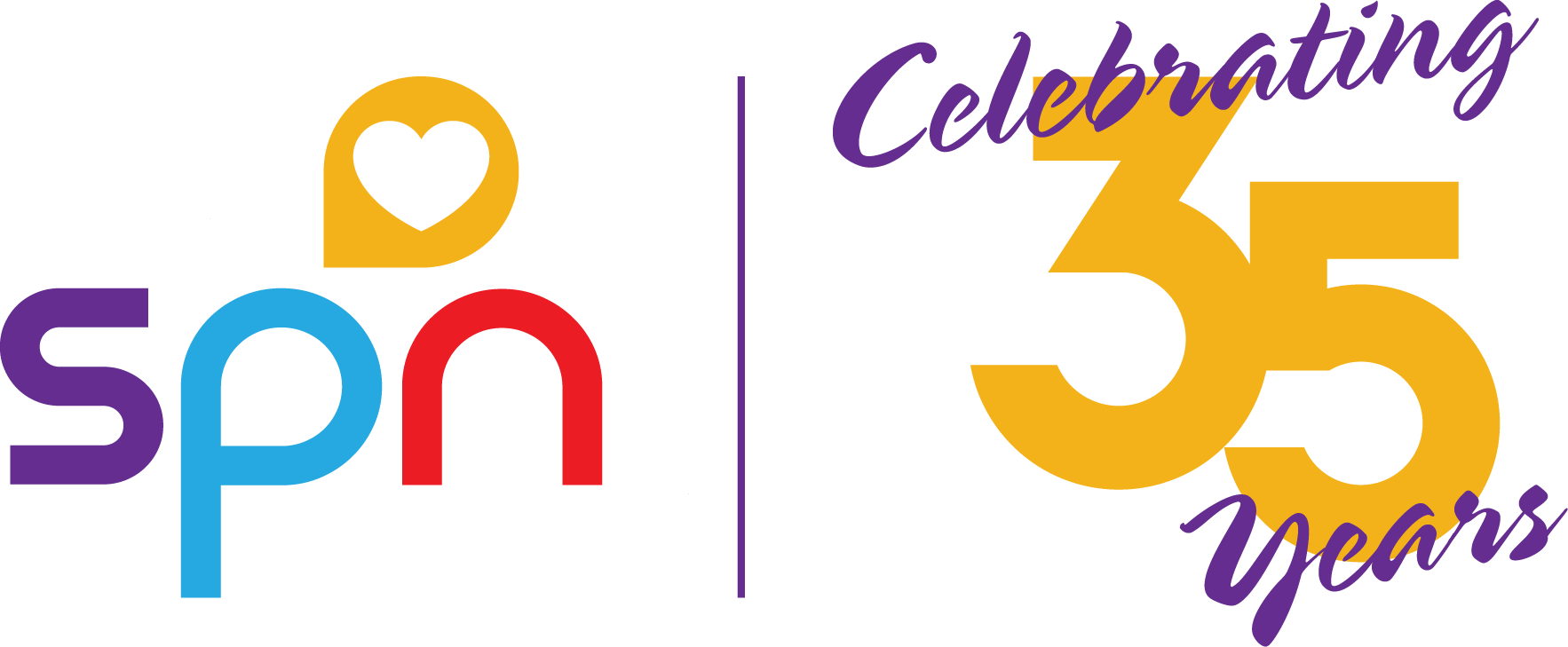This year marks an important milestone for the Society of Pediatric Nurses (SPN) — our 35th anniversary! Since
its founding in 1990, SPN has been a vital force in supporting pediatric nurses, advocating for children’s healthcare, and providing a platform for professional growth and development.
Reflecting on Our Journey
In 1990, pediatric nurses sought a dedicated space for connection, support, and professional advancement. SPN was created to fill that need. Following our founding, SPN hosted the first Annual Conference in March of 1991 in Washington DC titled “Nursing Care of the Hospitalized Child.” Over the past three and a half decades, SPN has accomplished many important milestones including partnering with the Journal of Pediatric Nursing as the official publication of SPN in 2001, releasing the Pediatric Nursing Certification Review in 2006, becoming an American Nurses Credentialing Center (ANCC) provider unit in 2015, and launching the Transition to Practice Fellowship in 2018.
Reaching these milestones has allowed us to grow into the premier organization for pediatric nurses, offering educational resources, professional growth opportunities, and a network that strengthens our community.

